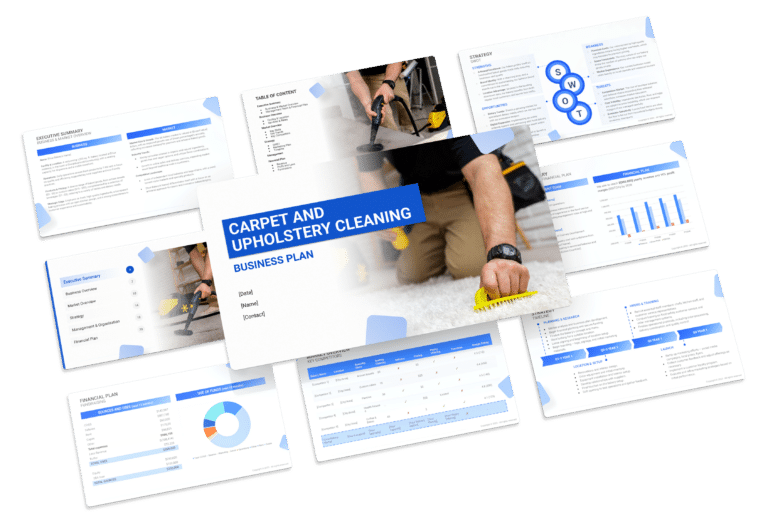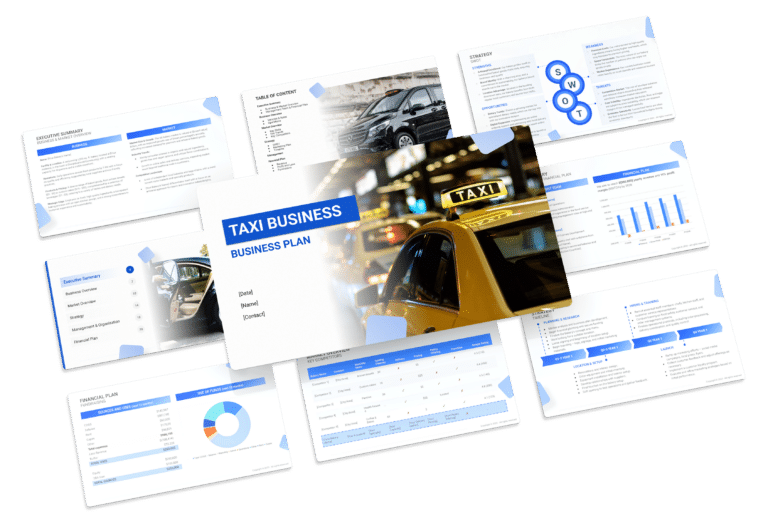How to Prepare a SWOT for a Moving Business

Creating a business plan for a moving company requires a detailed SWOT analysis. This method helps owners examine their business’s strengths, weaknesses, opportunities, and threats. Strengths and weaknesses are areas the company can control and improve upon. Opportunities and threats are external factors that affect the business.
A SWOT analysis in the business plan offers a full view of the company’s market position, revealing areas for growth and improvement. This could involve looking at the skills of employees, how well logistics are managed, any service limits, or challenges from competitors.
This article will discuss various examples and provide moving company owners with insights for strategic planning. Let’s dive in!

Strengths
Moving Services possess inherent strengths that position them as essential players in the logistics and relocation industry.
- Experience and Expertise: Established moving companies bring years of experience and expertise, ensuring efficient and professional handling of clients’ possessions.
- Example: Showcasing a team’s certification and training programs can build trust and highlight the company’s commitment to quality service.
- Comprehensive Service Offerings: Offering a range of services, from packing and loading to transportation and unpacking, provides clients with a one-stop solution for their moving needs.
- Example: Creating bundled packages for various service combinations can attract clients seeking comprehensive and cost-effective solutions.
- Customer Reviews and Referrals: Positive reviews and word-of-mouth referrals contribute to a moving company’s reputation and can significantly influence potential clients.
- Example: Actively encouraging satisfied customers to leave reviews on online platforms and offering referral discounts can enhance the company’s online presence.
- Local and Global Presence: Having a local presence combined with the ability to facilitate long-distance or international moves broadens the company’s reach and clientele.
- Example: Marketing strategies emphasizing local expertise for short-distance moves and global capabilities for long-distance moves can attract diverse customer segments.
Weaknesses
Recognizing weaknesses is vital for moving companies to address operational challenges and enhance service delivery.
- Dependence on Seasonal Demand: The moving industry often experiences seasonal fluctuations, with peak demand during the summer months and potential slowdowns in winter.
- Example: Implementing marketing campaigns offering discounts or promotions during off-peak seasons can help maintain a steady flow of business.
- Risk of Damages and Losses: Despite precautions, the risk of damages or losses to clients’ belongings exists, impacting both customer satisfaction and potential liability for the moving company.
- Example: Offering additional insurance options or implementing stringent quality control measures during packing and transportation can minimize risks.
- Reliance on Skilled Labor: The success of moving services relies on skilled and reliable labor, and shortages or high turnover rates can disrupt operations.
- Example: Implementing training programs, investing in employee retention initiatives, and fostering a positive work culture can address labor-related challenges.
- Impact of Negative Online Reviews: Negative online reviews can significantly impact a moving company’s reputation, influencing potential clients’ decisions.
- Example: Establishing a proactive customer service approach to address and resolve issues promptly can help mitigate the impact of negative reviews.
Opportunities
Identifying and capitalizing on opportunities is essential for growth and sustained success in the moving services industry.
- Eco-Friendly Practices and Marketing: Embracing eco-friendly moving practices and incorporating them into marketing can attract environmentally conscious clients.
- Example: Utilizing recyclable packing materials, fuel-efficient vehicles, and highlighting these practices in marketing materials can appeal to eco-friendly consumers.
- Expansion of Specialized Services: Diversifying services to include specialized offerings such as senior moves, corporate relocations, or pet-friendly moves can tap into niche markets.
- Example: Designing marketing campaigns targeting specific demographics and their unique moving needs can position the company as a specialist in those areas.
- Technology Integration: Leveraging technology, such as online booking platforms, real-time tracking, and digital communication, enhances customer experience and streamlines operations.
- Example: Implementing a user-friendly mobile app for booking and tracking moves can enhance customer satisfaction and differentiate the company in a tech-savvy market.
- Partnerships with Real Estate Agencies: Collaborating with real estate agencies for referral partnerships can create a steady stream of potential clients during property transactions.
- Example: Establishing mutually beneficial relationships with local real estate agencies and offering special moving packages for their clients can enhance partnerships.
Threats
Anticipating and mitigating threats is crucial for the sustained success of moving services in a competitive market.
- Economic Downturns: Economic uncertainties may lead to reduced spending on relocation services, impacting the volume of business.
- Example: Offering flexible payment plans, discounts for bulk moves, or loyalty programs during economic downturns can help maintain client retention.
- Competition from DIY Moving Options: The rise of DIY moving options and online platforms may divert potential clients seeking cost-effective alternatives.
- Example: Differentiating the company by highlighting professional expertise, reliability, and stress-free services can counter the appeal of DIY options.
- Regulatory Changes in the Industry: Evolving regulations in the moving industry may impact licensing requirements, compliance standards, or the ability to operate in certain regions.
- Example: Staying informed about industry regulations, actively participating in industry associations, and adapting business practices accordingly can ensure compliance.
- Negative Publicity or Online Scams: Instances of negative publicity or online scams within the moving industry can create skepticism among potential clients.
- Example: Implementing stringent vetting processes for employees, educating clients about common scams, and showcasing positive customer testimonials can build trust and credibility.





